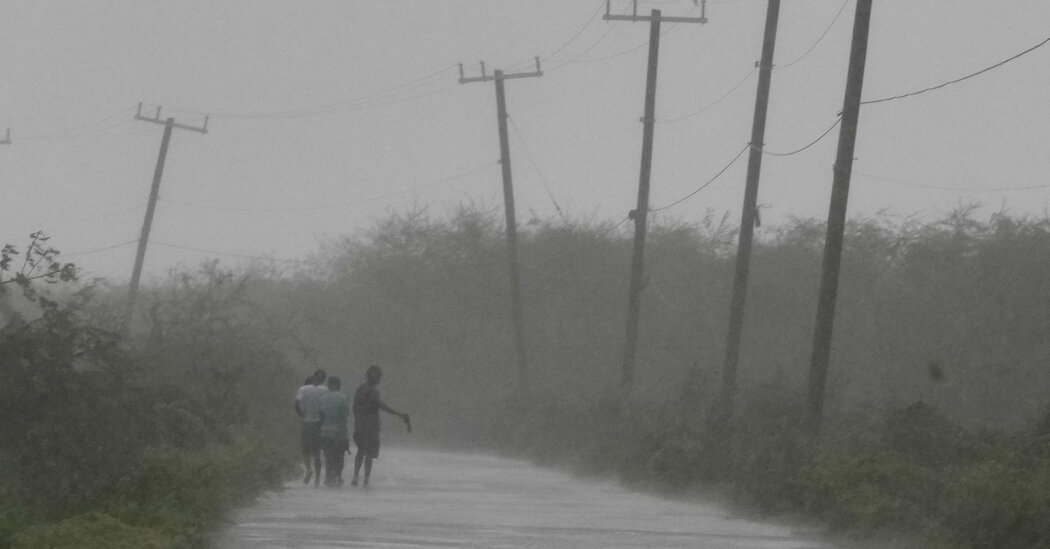Copyright euroweeklynews

The European Union is offering 40,000 free train passes to travel across up to 36 countries, in a unique opportunity aimed at young people who will turn 18 in 2025. The deadline to apply is November 13 at noon (Brussels time). The initiative, launched by the European Commission to mark the 40th anniversary of the Schengen Area, enables young people to explore Europe without spending a single euro on transport. In addition to the free rail pass, successful applicants will receive a European Youth Card, granting discounts on hostels, museums, restaurants, public transport and cultural activities. The passes allow continuous train travel for up to 30 days, between March 2026 and May 2027. Who is eligible? Applicants must: Have been born between 1 January and 31 December 2007 (turning 18 in 2025), and Be a citizen or resident of: Any EU Member State (including outermost regions and overseas territories), or Countries associated with the Erasmus+ programme: Iceland, Liechtenstein, North Macedonia, Norway, Serbia and Türkiye. How to apply Visit the European Youth Portal and complete the online form. You will need to provide your ID number (passport, national ID, or residence permit). Accept the declaration in the application form. Answer a short quiz about the EU (if applying as part of a group, only the group leader completes the quiz). If your application is successful, you will be able to travel for between 1 and 30 consecutive days within the designated travel period. You may apply alone or form a group of up to four friends, provided they also meet the eligibility criteria. They will use your application code to submit their own form. Inclusive and accessible The initiative is fully inclusive. Young people with disabilities or health conditions will receive tailored travel support, including the option to travel with a companion free of charge. Suggested itineraries Beyond celebrating Schengen, the EU aims to encourage cultural exchange and strengthen young people’s sense of belonging to Europe. Participants may design their own route or choose themed itineraries, such as: European New Bauhaus Route — cities known for remarkable architecture and culture. European Green Route — sustainable destinations, protected natural spaces and cities leading climate action. Applications close on 13 November at 12 noon (Brussels time). With demand expected to be high, early applications are strongly advised. A symbol of freedom and mobility in post-war Europe The Interrail Pass was introduced in 1972 by European rail companies to celebrate the 50th anniversary of the International Union of Railways. Initially, it was exclusively for young people under 21, offering the chance to travel across multiple countries with a single ticket. The concept quickly became a symbol of freedom and mobility in post-war Europe, allowing young travellers to cross borders by train at a time when low-cost air travel was not widely available. Over the years, the scheme expanded, adding new routes and countries — eventually covering much of the continent, from Scandinavia to the Mediterranean. In 1998, Interrail became available to all ages, opening the door to families, solo travellers and older adventurers alike. Europe as a shared space without borders More than just a transport ticket, the Interrail Pass has played a key cultural role in shaping how Europeans explore their own continent. It has inspired generations to discover new cultures, languages and landscapes at an affordable cost, reinforcing the idea of Europe as a shared space without borders. Travelling by train also encourages sustainable tourism, reducing the environmental impact compared with flying. Today, Interrail remains an iconic rite of passage, offering both freedom and connection — proof that slow travel is still one of the most meaningful ways to experience Europe. View all breaking news. View all European news.



